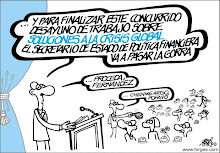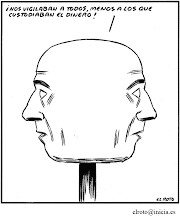“According to researchers Thomas Piketty and Emmanuel Saez, since the late 1970s, a greater and greater share of national income has gone to people at the top of the earnings ladder. As late as 1976, the richest 1% of the country took home about 9% of the total national income. By 2006, they were pocketing more than 20%. But the rich don’t spend as much of their income as the middle class and the poor do — after all, being rich means that you already have most of what you need. That’s why the concentration of income at the top can lead to a big shortfall in overall demand and send the economy into a tailspin. (It’s not coincidental that 1928 was the last time that the top 1% took home more than 20% of the nation’s income.)”
Según Reich los problemas estructurales de la economía americana (y del capitalismo actual) se remontan a los 70. Uno de ellos nos resulta especialmente curioso y relevante: el estancamiento de los salarios, que obligó primero a las mujeres a trabajar para mantener el nivel de vida, luego a aumentar las horas de trabajo y finalmente a endeudarse a todo el mundo para conseguirlo. Hasta que la burbuja inmobiliaria estalló y la gente ya no pudo cargar con su deuda.





























